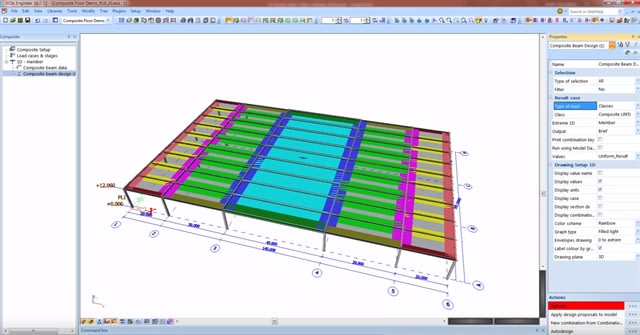pdp123
Materials
- Sep 19, 2014
- 24
Hello everybody!
Appreciate your help as I have few questions in my mind regarding Piping Specification...
1. How one can decide the maximum and minimum size for a specific fluid/medium. May be based on Client requirements but not exactly.
2. How to find the relevant material group in ASME B16.5 given the base material. This group can be decided whenever there are P-T limits as provided in Client specification but what if not given.
Please give your valuable thoughts and share the info with each.
Regards
PME
Hard Work with Smartness is the key to success
Appreciate your help as I have few questions in my mind regarding Piping Specification...
1. How one can decide the maximum and minimum size for a specific fluid/medium. May be based on Client requirements but not exactly.
2. How to find the relevant material group in ASME B16.5 given the base material. This group can be decided whenever there are P-T limits as provided in Client specification but what if not given.
Please give your valuable thoughts and share the info with each.
Regards
PME
Hard Work with Smartness is the key to success




